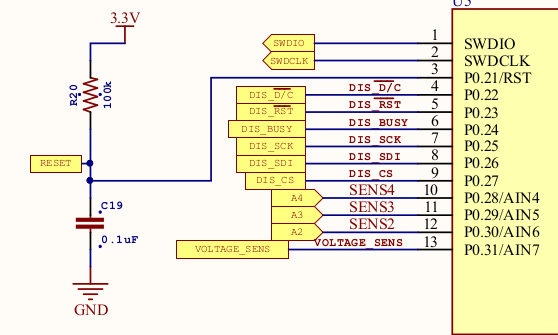Hi, I am working on long press button interrupt in nrf52832 device & used NCS. I am unable to detect the long press from button.below is my functionality which is I am trying to implement.
press for 10 sec after that call a callback function.
void long_button_pressed(const struct device *dev, struct gpio_callback *cb, uint32_t pins)
{
// if (gpio_pin_get_dt(&button_0)) {
if(pins & BIT(button_0.pin)){
LOG_INF("button pin detected");
k_timer_start(&button_timer, K_SECONDS(10), K_NO_WAIT);
} else {
LOG_INF("long_press not detected");
k_timer_stop(&button_timer);
long_press_detected = false; // Reset flag if button is released
}
}
void button_timer_expiry_handler(struct k_timer *timer_id)
{
printk("Button long-pressed for 10 seconds\n");
long_press_detected = true;
Reset_Flag=1;
eeprom_write(i2c_dev,EEPROM_RESET_FLAG_ADDRESS, &Reset_Flag, 1);
eeprom_write(i2c_dev,EEPROM_RESET_TIME_FLAG, ¤t_epoch_time, 4);
guide_flag=1;
eeprom_write(i2c_dev,EEPROM_DEVICE_GUIDE_ADDRESS,&guide_flag,1);
reset_hardware_locally();
//reset_hardware();
k_msleep(1000);
NVIC_SystemReset();
// Add your action here
}
void long_press_button(){
if (!device_is_ready(button_0.port)) {
printk("Button device not ready\n");
return;
}
gpio_init_callback(&button_cb_data,long_button_pressed, BIT(button_0.pin));
gpio_add_callback(button_0.port, &button_cb_data);
k_timer_init(&button_timer, button_timer_expiry_handler, NULL);
}
above is the code of long press button.
Pin configuration :-


